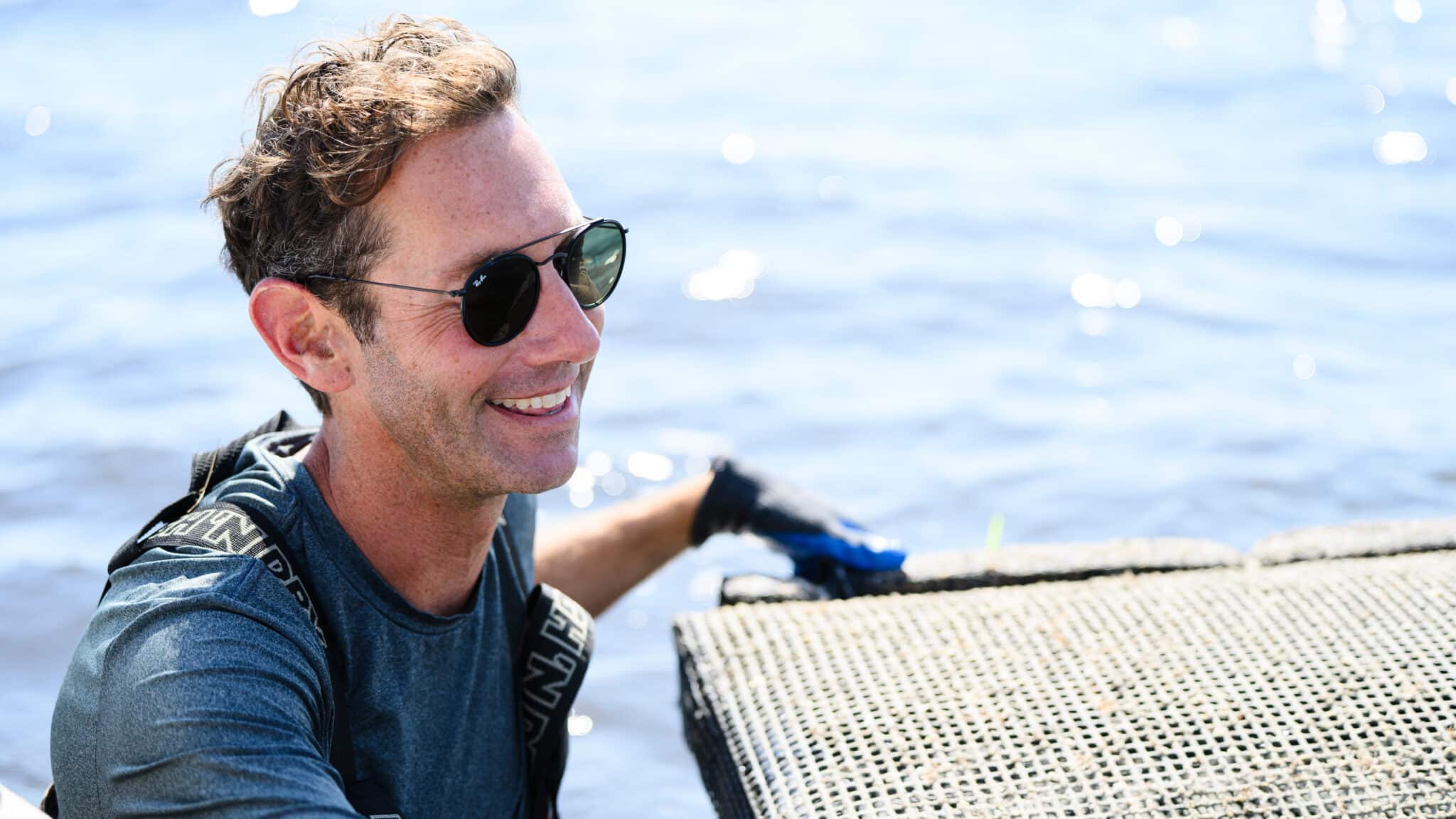Bringing Bugs Into the Classroom
Editor’s Note: This is a guest post by Dr. David Buchwalter, a researcher in NC State’s Department of Environmental and Molecular Toxicology. Every so often, The Abstract likes to highlight outreach efforts by NC State researchers. This one sounded like fun.
Last month, I teamed up with other biological researchers to conduct a workshop for high school teachers and science educators in Great Smoky Mountains National Park. Titled “The Ecophysiology and Evolution of Aquatic Insects: A Workshop for High School Teachers,” the workshop was designed to give educators the scientific background and physical tools/supplies needed to bring interdisciplinary and inquiry-based study into the classroom with a focus on aquatic insects. The workshop was funded by a grant I received from the National Science Foundation.
Aquatic insects provide a great springboard into various scientific topics because they are ecologically important and widely used as ecological indicators. They also have fascinating adaptations for aquatic life. Also, they are everywhere and very easy to collect out in nature, providing an opportunity for students to learn more about their immediate environment. My primary goal for the workshop was to stimulate curricular development that combined both field based collections and hands on activities in high school classrooms.
In short, we’re hoping this workshop – and others like it – will help get students of all ages to more actively engage in exploring their surroundings.
I was thrilled to be able to recruit an accomplished group of scientists and educators to assist me. I’m a physiologist/toxicologist, but experts from a variety of other institutions were involved: Dr. John Morse from Clemson University (entomology), Dr. Theodore Garland, Jr. from UC Riverside (evolutionary biology), David Penrose, formerly of North Carolina’s Department of Environment and Natural Resources (ecology), and Susan Sachs, an educational coordinator from the Appalachian Highlands Science Learning Center in Great Smoky Mountains National Park contributed lectures in their areas of interest and assisted in field collecting trips.
While the workshop used North Carolina State Curriculum Standards for Earth and Environmental Science and Advanced Placement Biology, attendees came from as far away as Massachusetts and included educational outreach specialists from the NC State Parks, nature centers and the National Park Service. Attendees were provided with field sampling nets, sorting pans, vials, forceps, books, and flash cards to bring back to their respective institutions.
One participant commented that “the lectures provided needed bits of inspiration, knowledge and academic detail to get me started on building macroinvertebrates into the curriculum. This was not even a thought I had prior to the workshop – so this is a significant impact.”
The work was funded by a grant I received from the National Science Foundation, and I could not have done it without the logistical help and facilities provided by the Park Service.
The workshop represents an outreach component of an NSF grant titled “Comparative Strategies of Ion Trafficking and Antioxidant Physiology in Stream Insects: A Phylogenetic Approach.”



